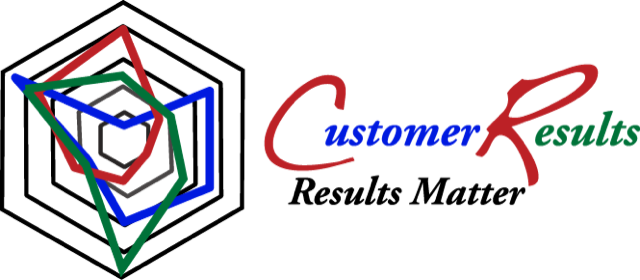In the USA 23,000 home health care establishments drive revenues of $57b, employ ~1.6m home health nurses, personal aides and technicians and support 44m family caregivers treating 8.3m patients a year with 8%+ annual home healthcare industry growth and a critical place in the ongoing quality and cost of US healthcare. Our recent study showed home healthcare executives focused on six things:
- Coordinating and optimizing the deployment of people (medical practitioner/aide, technical practitioner, patient, patient family etc), equipment and medication to/at place of care (e.g. home or residential facility).
- Patient centric care, treatment and wellness quality enhancement, analytics and monitoring.
- Administrative, billing and regulatory compliance.
- Financial pressures associated with constrained government and insurer reimbursements, greater individual payment requirements and inability and innovative long term care financial models.
- Talent acquisition and retention.
- Multidimensional, ecosystem wide, secure information and collaboration capability access.
Operational efficiency, efficacy and cost of care are being revolutionized by the growing portfolio of mobile devices, video capabilities, voice, email and text based contact and collaboration applications and infrastructure technologies. Further impacted by the growth of social media and community based technologies. The only way to meet both escalating care expectations and constrained financial expectations in the distributed healthcare model is through technology enablement.
Six examples of current industry projects underway with rapid return on investment based on our recent market review:
- Equipping home health agents with camera enabled iPads, allow remote care professionals to interact with the nurse practitioner and patient by video and voice during the visit and a web-based care application to control the care process and quality through mandated testing and care steps.
- Improved “contact center” technologies allowing “command centers” to assist caregiver, practitioner and medical technology service professionals through voice calls, emails and sms text during visit arrival, GPS tracking of care professionals for rapid redirects, increase employee satisfaction and reduce employee turnover.
- Self service knowledge bases to help medical technology professionals reduce equipment service times and minimize repeat visits with pilot exploration of self diagnosing equipment for mobile dialysis.
- Video recording, speech analysis, translation and transcription capabilities supporting medical practitioner, caregiver and family interactions to improve quality of care.
- Long term residential care operator exploring internet based video conferencing capabilities to maximize the connection between remote family members and residents, impacting resident health quality, care costs and makes the facility a more attractive choice for subscribing families and residents.
- Process management applications provide optimization of care and visit activities, partner relationship management (including the growing army of 1099 contractors and staffing services) and automated tracking and reporting of care activities for liability management and audit purposes.

Recent Comments